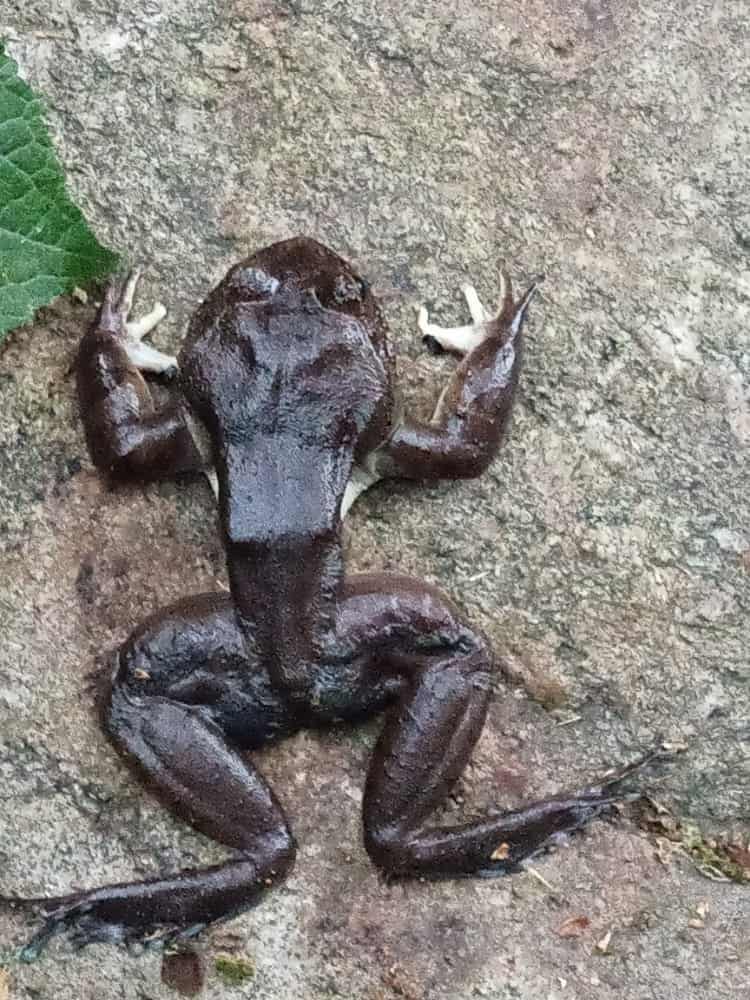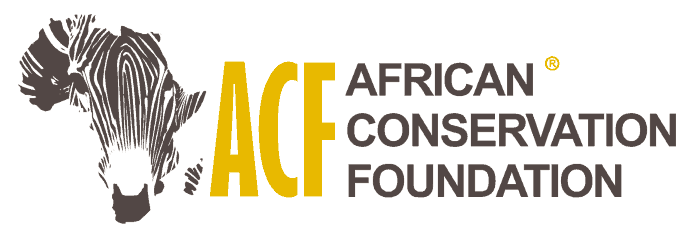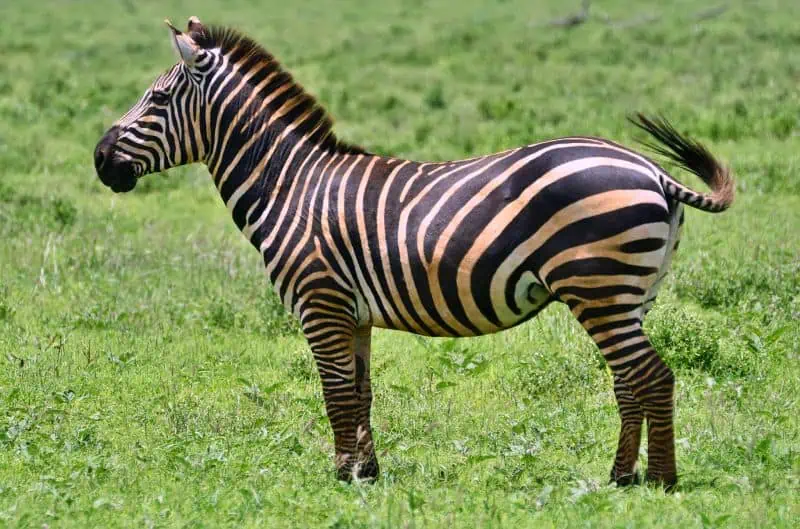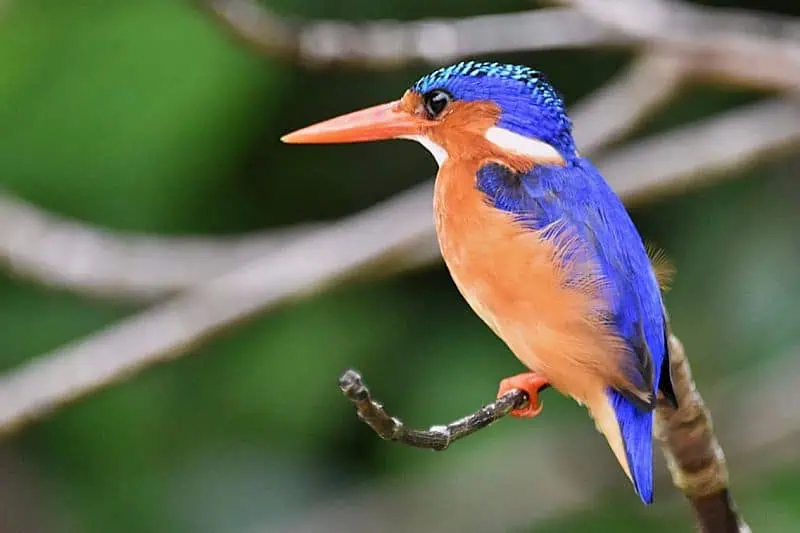Goliath Frog

Scientific name:
Conraua goliathSize:
Up to 350 mm (35 cm)
IUCN Status:
Endangered
Weight:
Up to 3.5 kg
Share this page
Endangered species
Vervet Monkey
Plains zebra
Malachite kingfisher
Nile crocodile
Goliath Frog
Range
The Goliath frog is predominantly found in the southern regions of Cameroon and Equatorial Guinea. It inhabits tropical rainforest environments, particularly around fast-flowing rivers and waterfalls, which provide the ideal conditions for its survival and breeding.
Diet
The Goliath frog has a diverse diet that includes:
- Arthropods: Such as insects and crustaceans.
- Fish: Small fish species that inhabit the same aquatic environments.
- Small Reptiles and Mammals: This may include smaller frogs, lizards, and even small mammals.
Description
The Goliath frog is recognized as the largest frog in the world, known for its impressive size and unique adaptations. It thrives in the fast-flowing waters of equatorial Africa, where it has evolved to make extraordinary leaps of up to 3 meters to evade predators. This ability not only aids in escaping threats but also helps it navigate its rugged habitat, which consists of rocky terrains and swift currents.
The tadpoles of the Goliath frog are herbivorous, feeding exclusively on specific aquatic plants, which allows them to grow in their natural environment. As they mature into adults, their diet becomes more varied, preying on a range of animals, influenced by their size and the availability of food sources.
Threats to survival
Despite its remarkable adaptations, the Goliath frog faces significant threats that have led to its endangered status. The primary factors contributing to the decline of its populations include:
1. Habitat Destruction: Deforestation and environmental degradation from agriculture, logging, and infrastructure development have significantly reduced their natural habitats. The loss of forest cover directly impacts the water bodies they rely on for survival.
2. Overhunting and Poaching: The Goliath frog is hunted extensively for its meat, which is considered a delicacy in certain regions. Additionally, it is poached for the pet trade, where its size and exotic appearance make it a sought-after species.
3. Climate Change: Changes in climate patterns can affect the ecosystems where Goliath frogs thrive, leading to alterations in water levels and temperatures that may further threaten their survival.
Conservation efforts
To address the challenges facing the Goliath frog, several conservation efforts are underway:
Protected Areas: Establishing and maintaining protected areas to conserve the natural habitats of Goliath frogs and prevent further encroachment by agriculture and development.
Community Engagement: Raising awareness among local communities about the importance of preserving Goliath frogs and their ecosystems, encouraging sustainable practices that minimize hunting and habitat destruction.
Research and Monitoring: Conducting research to monitor population trends, habitat conditions, and the effectiveness of conservation strategies, which can inform future efforts to protect this species.




